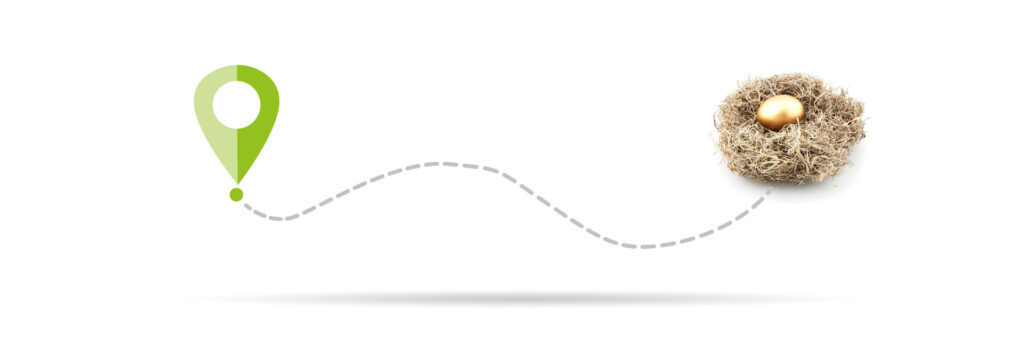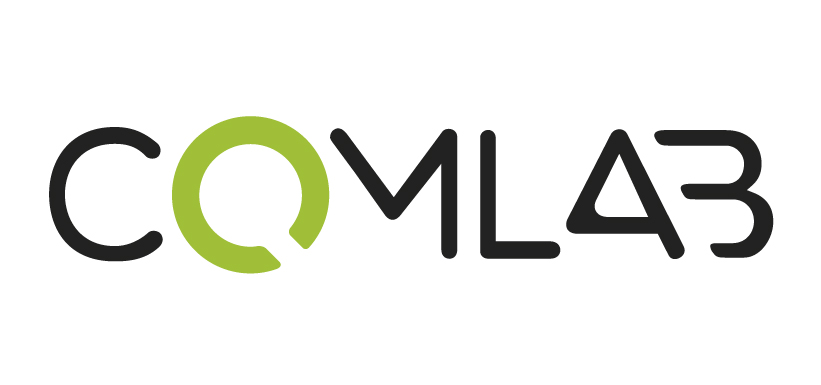In our hyperconnected world, where having a brochure website and keeping one’s social network presence up to date seem to be enough to ensure one’s brand and products are promoted and popularized, where the obstacles of distance are obliterated and all sorts of information can be either requested or provided virtually, as it were—why should one still take part in trade fairs? Which benefits are there to be reaped?
Trade fairs used to be a major opportunity to advertise one’s company, and even today they can be regarded as an event likely to provide an opportunity for growth—mostly importantly, all participants will be able to take advantage of it. Accordingly, company budgets always include an allocation for trade fairs.
Are trade fairs important for your business, and why?
They certainly are, and the reasons are countless. In the first place, they are an excellent place for networking, that is, meeting people who might become potential investors, partners, clients, etc., and establish a relationship with them. Being physically present in front of them means you will be able to talk to them face to face, and so hopefully empathize with them and understand them better. The additional feedback provided by non-verbal communication will enable you to gather much more information than you ever would through a phone call or an e-mail message.
Mind, this is not meant to be confined to your clientele; getting to know potential partner and suppliers and exchange views with them is just as vital, particularly when they are likely to develop an interest in your company’s own products and services.
Planning and designing
Deciding to take part in a trade fair is far from enough. An exhibit booth in a trade fair must definitely be designed ad hoc if it is to instil the feeling that nothing has been left to chance in prospects and potential future partners alike. Visitors should get the feeling that they are going to deal with a well-established, well organized company, perfectly aware of the sort of corporate image and values they intend to convey.

RULE NO. 1
First and foremost one should consider the sum budgeted for the exhibition and draft a compatible cost plan outlining estimated costs and required resources, a preliminary step to ascertain the extent of the investment and whether there is any allowance.
RULE NO. 2
The next step is to decide on what you are going to focus in terms of communication. Are you going to launch a new product? Are you trying to push a highly innovative project? Do you intend to celebrate the company’s first 50 years in business? The answer should provide a good starting point on which to build in order to choose the most appropriate set-up.
RULE NO. 3.
We can then move on to the next stage, namely, that of actually designing an exhibit booth. Of course you need to make sure of the overall available space which has been allocated and optimize its use as much as possible. A larger stall will entail higher expenditures for set-up, materials, manning and so forth; on the other hand, a larger stall will also make a difference in terms of corporate image. That being said, even a comparatively small-sized area can be effective as long as it has been properly conceived, particularly if exploiting modern technology. Indeed, nowadays high-tech is the way to go in exhibitions. High-resolution displays and digital devices enable companies to showcase their business and their products even without resorting to the actual presence of bulky or complicated machinery; money saved in renting space can then be invested in engaging explanatory digital content.
Lastly, never neglect to plan how people will interact with your booth
Fondamentale è anche pensare al percorso che si desidera far compiere ai propri ospiti. Si tratta di un vero e proprio studio del customer journey, esattamente come avviene per un punto vendita o un sito web.

Accurate planning of each of the steps they are supposed to take—a painstaking study resulting in a carefully devised customer journey map, just like when one outlines the expected customer experience for a website or any point of sale—is a must.
What element is supposed to catch their eye first? Which path are they going to follow to reach your stall? What kind of information will be available to them? Always remember that both the settings of the booth and the people who are going to man it shall have to guide visitors all along, cunningly leading them to act as you desire—in other words, winning them over.
Specialised Trade fairs are thus to be regarded as a golden opportunity, enabling companies to establish a closer relationship with potential partners and future customers while conveying own peculiar message. In view of this it is vital to turn to professional figures with a proven record in putting all available resources to good use—just ring us up!



